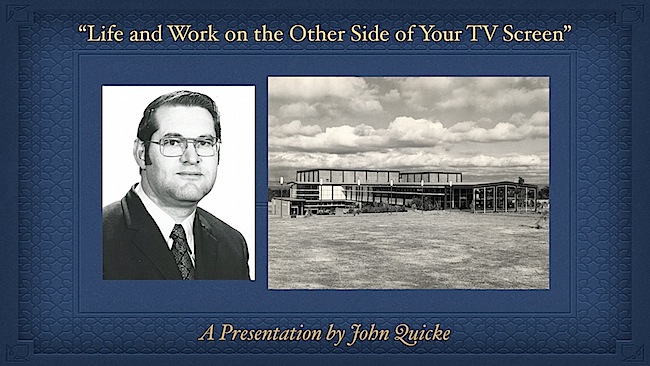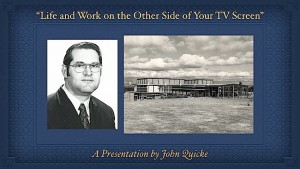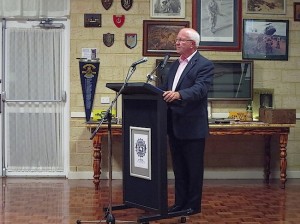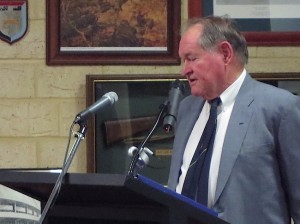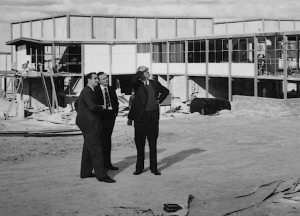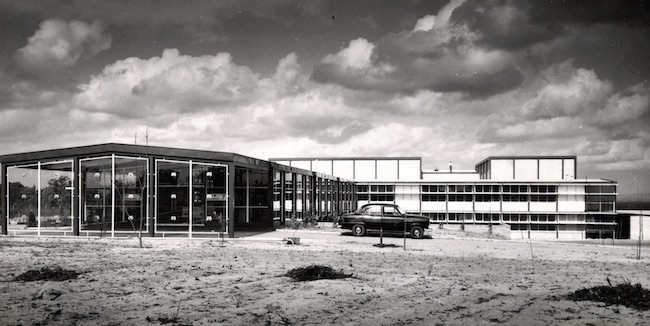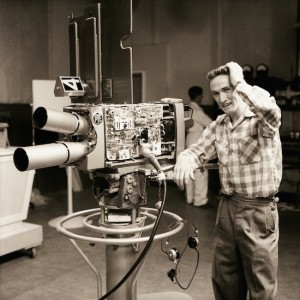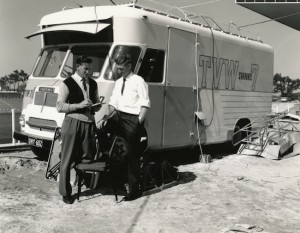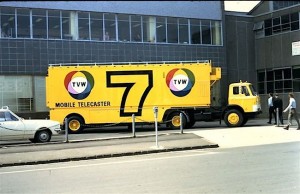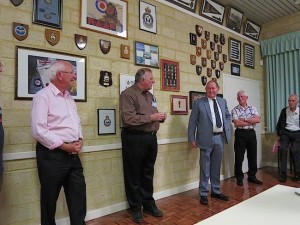Engineering TVW7 in the 1960s and 1970s
http://watvhistory.com/2015/
The Australian Museum of Motion Picture and Television (AMMPT) not only conduct the Sunday morning Classic Movies at the Cygnet Cinema once a month, but also have regular In Focus Presentations, where historians or veterans of cinema or television describe some facet of their respective industries. This month AMMPT was graced with the presence of John Quicke, a former Chief Engineer at TVW Channel 7, who oversaw many important developments during the 1960s and 1970s.
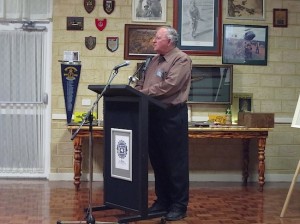
AMMPT Western Region President John Fuhrmann
John tracked these happening from when Perth was little more than a large country town and the Dianella area was still bush. For it was this remote area of high elevation land that became the home of television in Western Australia.
Technical staff were either trained in the military, in the radio and telecommunications industry or were keen Ham amateur operators. They all teamed together, to not only assemble the station, but also operate it from day one.
Progress was rapid as the building and plant expanded to accommodate more production and a greater sophistication of content delivery.
Within a decade or two, the company had absorbed a radio network, a South Australian television station, a chain of hard top and drive-in cinemas, a top photographic laboratory, a large arena style entertainment centre and even a lion park.
Then external forces came to bear, with the middle east conflicts and oil price rises that led into a time of recession, followed by industrial strife, a price and wage spiral and then stagflation.
It was during this difficult period that the Perth Entertainment Centre (PEC) was built, and John and was faced with all manner of construction upheaval as concrete pours were halted half way through a job.
Despite all these challenges, the task was done and Perth gained a fondly remembered iconic building, that lasted up until recent times.
Around the same time, TVW Enterprises had gained control of City Theatres and built Cinema City on the corner of Barrack and Hay Streets in Perth, fortunately this development escaped the problems the PEC encountered and came in on budget.
There was insufficient time on the night for John to cover the PEC story in great detail, so this subject will be another AMMPT and John Quicke presentation at a future date.
The story John conveyed on the night, was that of a technical person explaining the challenges and logistics of making this all happen when everyone involved was a pioneer who most often learnt on the job. For the infrastructure they put together allowed television programs it be broadcast in Perth for the first time. Shows that were either purchased as film programs from overseas or shows produced locally. Most local content was live or filmed News stories, until videotape was introduced, which then enabled the exchange of Australian shows between stations in other States.
John tells this story from the viewpoint of a person who was there, and how this all came about.
John touches on the selection and installation of the equipment, where the station then functioned with only two telecine chains, and one small studio with a couple of cameras.
As primitive as this might seem, some remarkable results were being achieved on-air.
It was a time of rapid change with equipment becoming more sophisticated and plentiful. The building was expanded with new studios, new Newsroom, the purchase of colour telecine and videotape facilities, building a much larger OB Van, the adoption of IBM data processing techniques and the introduction of semi-automation.
Soon after this, the company was paying dividends to shareholders of up to 30% on their investment.

